Custom Home Construction Loans
Conventional home construction loans are financial products offered by banks and other financial institutions to fund the construction of a new home. These loans are typically offered to borrowers who are looking to build a new home or to substantially renovate an existing home, and are typically used to cover the costs of the construction project, including the purchase of the land, the construction materials and labor, and any other associated costs.
Conventional home construction loans are typically offered in two forms: construction-to-permanent loans and stand-alone construction loans. Construction-to-permanent loans are designed to cover the costs of construction and then convert to a permanent mortgage once the construction is complete. Stand-alone construction loans, on the other hand, are designed to be short-term loans that are paid off when the construction is finished.
Conventional home construction loans are typically offered with a fixed interest rate, which means that the interest rate will remain the same throughout the term of the loan. Borrowers may be required to make interest-only payments during the construction phase, and will then begin making principal and interest payments once the construction is complete and the loan converts to a permanent mortgage.
Conventional home construction loans may also require the borrower to provide a down payment, which is typically a percentage of the total loan amount. The size of the down payment will depend on the lender and the borrower’s credit profile, and may range from a few percent to as much as 20% or more of the total loan amount. Borrowers with a strong credit history and a low debt-to-income ratio may be able to qualify for a lower down payment, while those with weaker credit or higher levels of debt may be required to provide a larger down payment.






